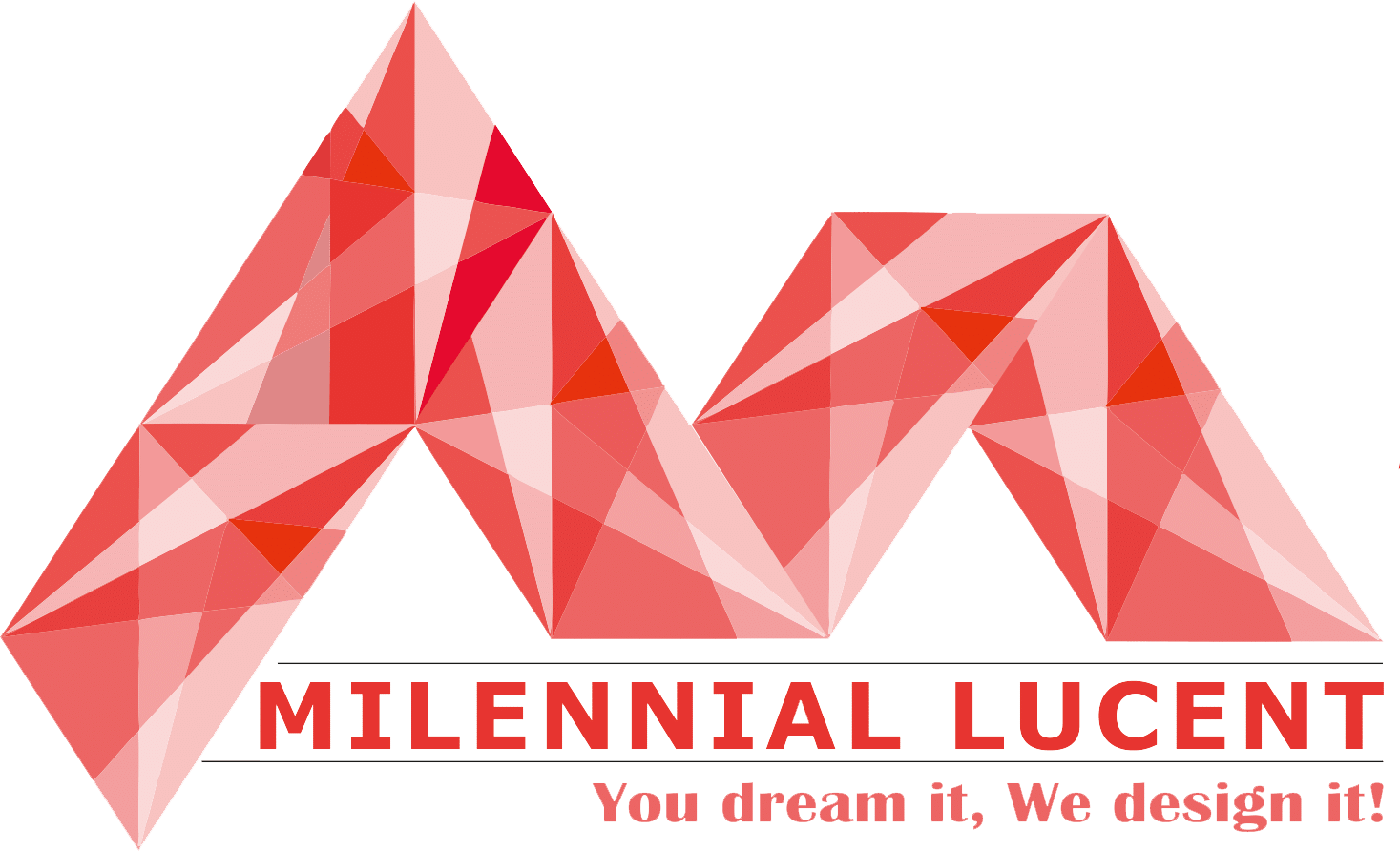your Dream it, we design it!

3D visualization is a powerful technique that involves creating detailed graphical representations of objects or environments using three-dimensional software. It transforms abstract data, designs, and concepts into realistic and interactive visual formats, such as images, animations, or virtual models. This technology enables users to gain a deeper understanding of complex information by providing a more intuitive and immersive view. Whether used in architecture to present building designs, in engineering to visualize prototypes, or in entertainment to create lifelike virtual worlds, 3D visualization enhances communication and decision-making by making intricate details more accessible and engaging.
1.Model Creation:
2.Texturing and Materials:
Texturing and materials are crucial components in 3D visualization that enhance the realism and visual appeal of a 3D model. Texturing involves applying 2D images, called textures, onto the surface of a 3D model to simulate various materials and details such as colors, patterns, and surface imperfections. This process often includes UV mapping, where the 3D surface is unwrapped and laid out in a 2D plane to ensure accurate texture application.
Materials, on the other hand, define how textures interact with light, determining properties like reflectivity, transparency, and roughness. They are created using shaders, which are algorithms that simulate real-world interactions between light and surfaces. Together, texturing and materials give the 3D model its final appearance, making it look more realistic and visually engaging by mimicking real-world materials and their interactions with light. visit Now
3.Lighting:
By replicating the way light interacts with things, lighting in 3D visualization is a crucial component that improves the realism and depth of a digital scene. Setting up multiple kinds of light sources—such as ambient, point, directional, and spotlights—that each add a different effect to the picture is part of this process. Point lights imitate light sources like lights by projecting light from a single point in all directions, whereas ambient light covers the entire landscape with a uniform lighting.
Spotlights aim light in a particular direction to produce concentrated beams and softer shadows, while directional lights imitate sunshine by projecting parallel rays that produce sharp, even shadows. Artists can establish realistic shading, highlight significant features, and create mood or ambiance inside the work by carefully arranging and structuring these lights.
4.Rendering
The process is rendering involves transforming a 3D model’s digital representation into a two-dimensional format in order to produce a final image or animation. In order to produce a realistic visual output, the program must calculate how light interacts with the materials and textures of the 3D scene. The program handles different aspects of the scene, including lighting, shadows, reflections, and refractions, depending on the parameters that have been put up.
This technique can be done offline, requiring more time-consuming calculations to produce high-quality, photorealistic images or animations, or it can be done in real-time, generating the image quickly for multimedia applications like video games.
The 3D model is displayed visually accurately and in depth in the generated output, which is utilized for design reviews, marketing campaigns, and presentations.
5.Post-Processing
The last step in the 3D visualization process is post-processing, when more changes are made to the produced images or animations to improve their visual impact and quality. To get the intended effect, this procedure entails changing a number of parts, including brightness, contrast, and color balance.
To enhance the realism and visual attractiveness, effects like motion blur, color grading, and depth of field are used. Retouching to remove any rendering abnormalities or flaws and adding finishing touches like overlays, text, or visual effects are also included in post-processing.
The purpose of post-processing is to create a finished product that is visually unified and compelling while also refining the generated output to ensure that it satisfies the specified creative and technical criteria. Visit Now
6.Interactive Elements:
By allowing users to actively interact with and explore the three-dimensional representation or surroundings, interactive elements in 3D visualization improve user engagement. This entails incorporating functionalities like interactive elements, movable areas, and dynamic modifications that react to user input.
Users may be able to interact with buttons and sliders to discover various setups or details, or they may be able to pan, zoom, or rotate a 3D model. To create a more personalized and immersive experience, interactive features are frequently used into learning simulations, virtual tours, and product displays.
These components provide real-time interaction, which aids users in comprehending the model better and informing decisions based on their exploration and manipulation of the virtual world. Visit now
conclusion:-
To sum it up, 3D visualization is a dynamic process that turns intricate computer models into interactive, visually compelling experiences. A thorough and accurate depiction of designs, objects, and the environment can be offered by 3D visualization through the processes of model construction, texturing, lighting, rendering, and post-processing, when coupled with interactive features.
In addition to improving the intensity and clarity of visual displays, this technology lets users interact meaningfully with virtual environments and explore them.
Through its ability to bridge the gap between theoretical concepts and real-world applications, 3D visualization promotes innovation and enhances user experience by facilitating improved comprehension, communication, and decision-making across a range of industries.

